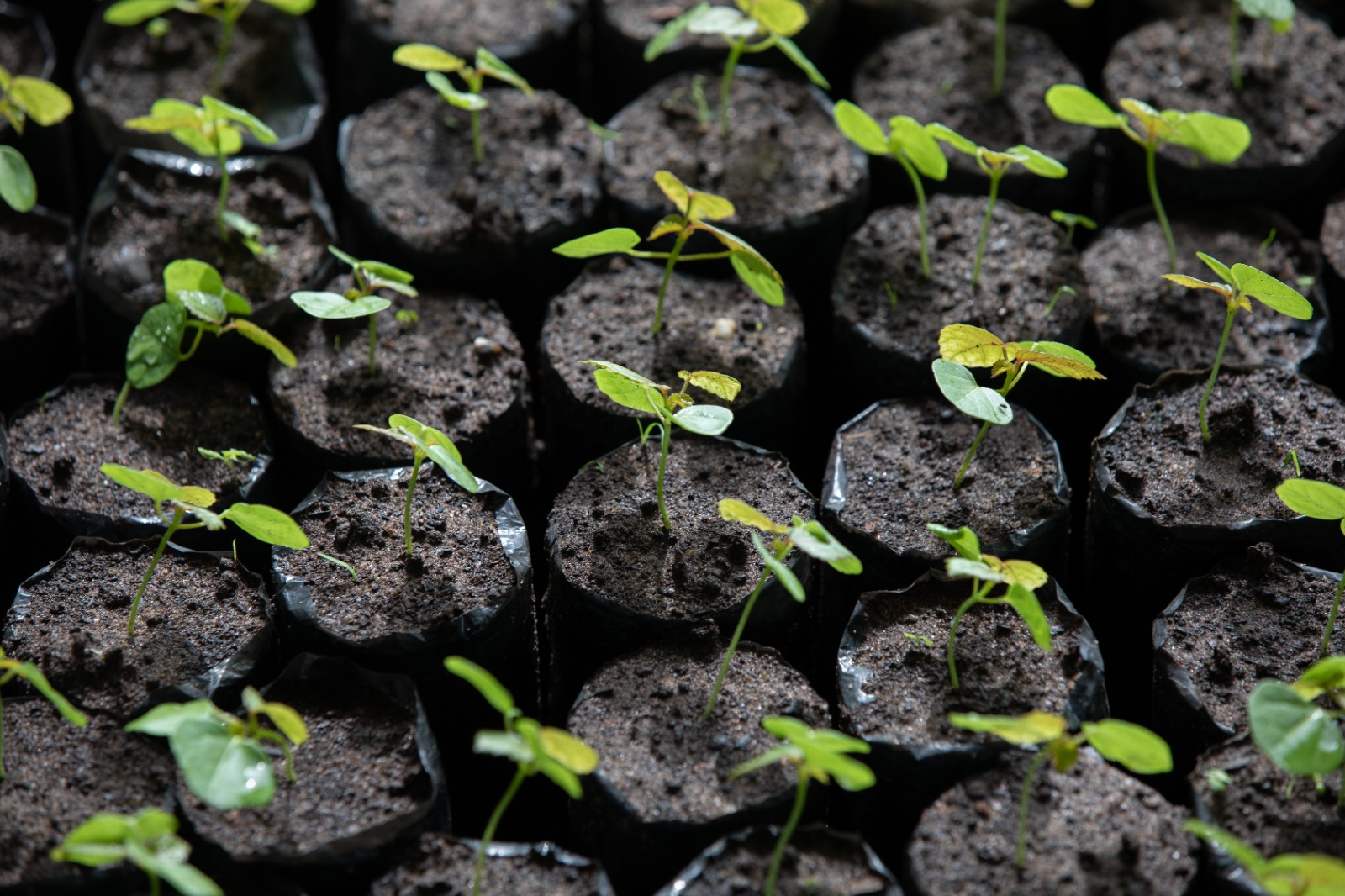Dynamic models of tree root growth and function have to reconcile the architectural rules for coarse root topology with the dynamics of fine root growth (and decay) in order to predict the strategic plus opportunistic behaviour of a tree root system in a heterogeneous soil. We present an algorithm for a 3D model based on both local (soil voxel level) and global (tree level) controls of root growth, with development of structural roots as a consequence of fine root function, rather than as driver. The suggested allocation rules of carbon to fine root growth in each rooted voxel depend on the success in water uptake in this voxel during the previous day, relative to overall supply and demand at plant level. The allocated C in each voxel is then split into proliferation (within voxel growth) and extension into neighbouring voxels (colonisation), with scale-dependent thresholds and transfer coefficients. The fine root colonisation process defines a dynamic and spatially explicit demand for transport functions. C allocation to development of a coarse root infrastructure linking all rooted voxels depends on the apparent need for adjustment of root diameter to meet the topologically defined sap flow through this voxel during the previous day. The allometric properties of the coarse root system are maintained to be in line with fractal branching theory. The model can predict the dynamics of the shape and structure (fine root density, coarse root topology and biomass) of the root system either independently of soil conditions (purely genetically-driven) or including both the genetic and environmental effects of roots interacting with soil water supply and its external replenishment, linking in with existing water balance models. Sensitivity of the initial model to voxel dimensions was addressed through explicit scaling rules resulting in scale-independent parameters. The model was parameterised for two tree species: hybrid walnut (Juglans nigra x regia) and wild cherry (Prunus avium L.) using results of a pot experiment. The model satisfactorily predicted the root growth behaviour of the two species. The model is sparse in parameters and yet applicable to heterogeneous soils, and could easily be upgraded to include additional local influences on root growth (and decay) such as local success in nutrient uptake or dynamic soil physical properties.
DOI:
https://doi.org/10.1007/s11104-010-0502-3
Altmetric score:
Dimensions Citation Count:
























